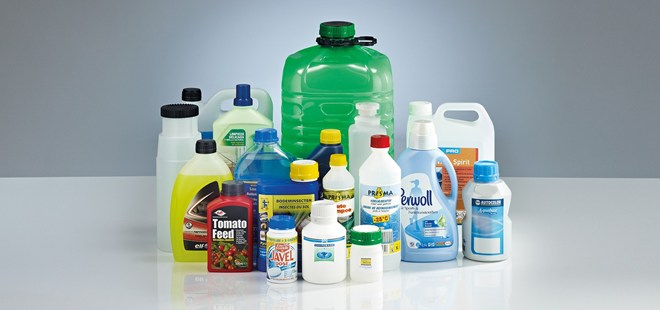Detecting non-standard chemicals is crucial for law enforcement agencies to carry out their work effectively and is of significant importance to society. Today, almost every expanding sector hosts the use of various chemicals at different standards and levels. The detection and diagnosis of certain chemicals are vital for regulatory oversight. If you’re curious about how the detection of non-standard chemicals is carried out, here are all the applications and details you need to know about the detection process!
Processes for Detecting Non-Standard Chemicals
Non-standard chemicals are those that do not conform to a specific standard or regulation and are often unexpected or potentially hazardous chemical compounds. The detection of these chemicals is critical for health, environmental, and safety reasons. The process of detecting non-standard chemicals generally consists of the following stages:
Sampling
The first step is to collect a suitable sample from the material to be analyzed. This stage must be performed carefully to prevent contamination. The equipment and techniques used for sampling should ensure proper representation of the sample.
Pre-Treatment
The second stage in detecting and diagnosing non-standard chemicals is usually pre-treatment. The nature of the pre-treatment can vary depending on the characteristics of the equipment and materials to be used. In some cases, it can be quite cumbersome. The pre-treatment process consists of the following steps:
- Filtration: Separation of solid particles.
- Liquid and Solid Phase Separation: Separation of liquid and solid components within the sample.
- Concentration Increase: Concentrating low-concentration chemicals to make them more discernible.
After these processes, the selection of methods for detecting non-standard chemicals is undertaken.
Method Selection
Many different methods can be preferred in the process of detecting and diagnosing non-standard chemicals. Here, the characteristics and structural features of the products are typically the determining factors. Detection of gas, liquid, or solid samples is carried out using various analytical methods.
Data Analysis
The obtained data are analyzed using appropriate software. At this stage, the identification of chemical components and determination of their quantities are carried out. The analysis results should be evaluated against standards, and potential non-standard chemicals should be detected.
Analysis of Results
The analysis results are interpreted by comparing them with data in the literature. The presence of non-standard chemicals should be assessed in terms of potential health and environmental risks. This process should be carried out in line with expert opinions and scientific literature.
AI-Based Solution to Facilitate the Detection Process: Forle/AI
The process of detecting and diagnosing non-standard chemicals is fraught with many challenges for personnel assigned by both the private sector and public institutions. In situations where it is essential to expedite the decision-making process, making it more practical is crucial. Forle/AI has been developed precisely for such scenarios. It performs the detection and diagnosis of non-standard chemicals in just 15 seconds. It quickly completes the process without requiring laboratory procedures, method selection, additional tools and materials, or extra costs, providing rapid results through artificial intelligence.

